
Metal Detection Protocols and Practices
December 1, 2021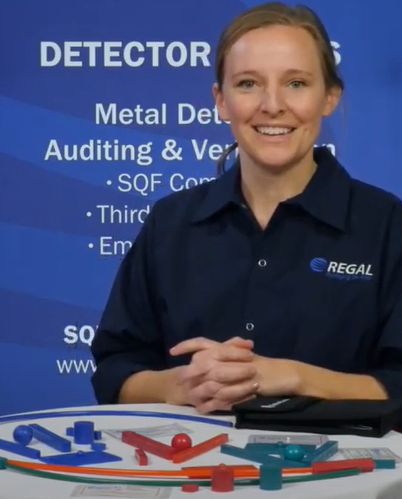
Why Trust Regal Packaging Services?
February 1, 2022Invention of Metal Detectors
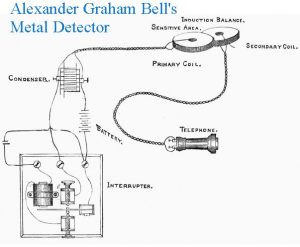 Ever wonder about the invention of metal detectors and how they worked their way into the food industry? With the help of a few reliable sources (bottom) and our own knowledge and experience, here’s what might interest you.
Ever wonder about the invention of metal detectors and how they worked their way into the food industry? With the help of a few reliable sources (bottom) and our own knowledge and experience, here’s what might interest you.
Metal detectors emerged in the late 1800s thanks to the work of inventors like Gustave Trouvé and Alexander Graham Bell. Their inventions, amongst a number other new scientific marvels, including the lightbulb, revolutionized the way we communicate. And after another half-century or so, the first metal detectors came into use in the food industry around 1948. By the 1980s, food grade metal detectors had found a regular place in the industry.
In 1874, Trouvé developed a device for finding and extracting metal objects, such as bullets, from human patients. In fact, while President Garfield lay dying of an assassin’s bullet, Bell put together a crude metal detector. Its purpose: to locate the shot. It was an unsuccessful attempt, in part, because of the metal coils in the bed. Bell’s creation was an electromagnetic device he called the induction balance. He and Trouvé gave us the prototype of today’s metal detector.
Progress Continues
According to A&S Company: “In the late 1920’s, Dr. Gerhard Fisher … was commissioned as a research engineer … to develop airborne direction-finding equipment. He was awarded some of the first patents issued in the field of airborne direction finding by means of radio. In the course of his work, he encountered some strange errors. Once he solved these problems, he had the foresight to apply the solution to a completely unrelated field, that of metal … detection.”
Continuing the progress on the invention of metal detectors, by 1925, Gerhard Fischer had designed a portable metal detector. In 1931, his model was the first detector to be sold commercially. He was also behind the first large-scale assembly of metal detecting equipment. His design was called Metalloscope (M-Scope). It won the patent in the United States and Europe. More than 80 years have passed, and metal detector development has undergone several generations of innovation.
Signal simulation was the original technique, digital pulse technology is used today. The simple magnetic field cutting principle has been introduced and performance has taken a grand leap . The sensitivity and accuracy have extended the operation to many industries.
Current Use
Today, gross metal detection is used:
- On beaches around the world
- Amongst an unlimited number of treasure hunters
- In airport and other security systems
Fine metal detection, the kind we deal with at Testrods.com is used in a number of industries, including:
- Pharmaceuticals
- Food
- Textile
- Hospitals
For more information about metal detectors and x-ray inspection, see Regal Packaging Services website and browse through other articles here at Testrods.com
- https://www.blogtrepreneur.com/metal-detectors-work-food-industry/
- https://www.thoughtco.com/history-of-the-metal-detector-1992303
- https://www.metaldetectorfactory.com/news/The-Development-of-Metal-Detector.html
- https://en.wikipedia.org/wiki/Gustave_Trouv%C3%A9

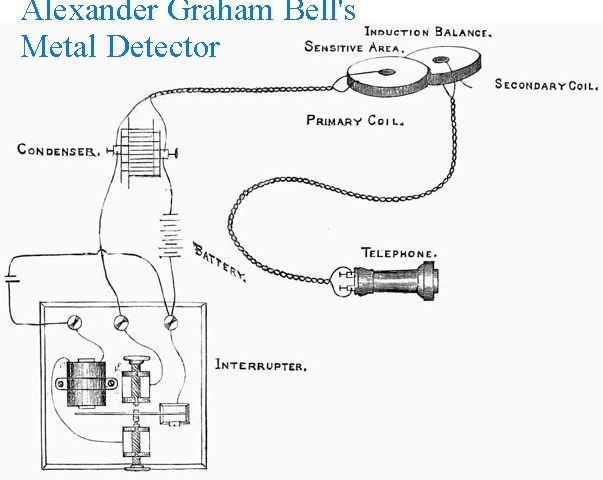
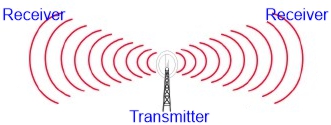
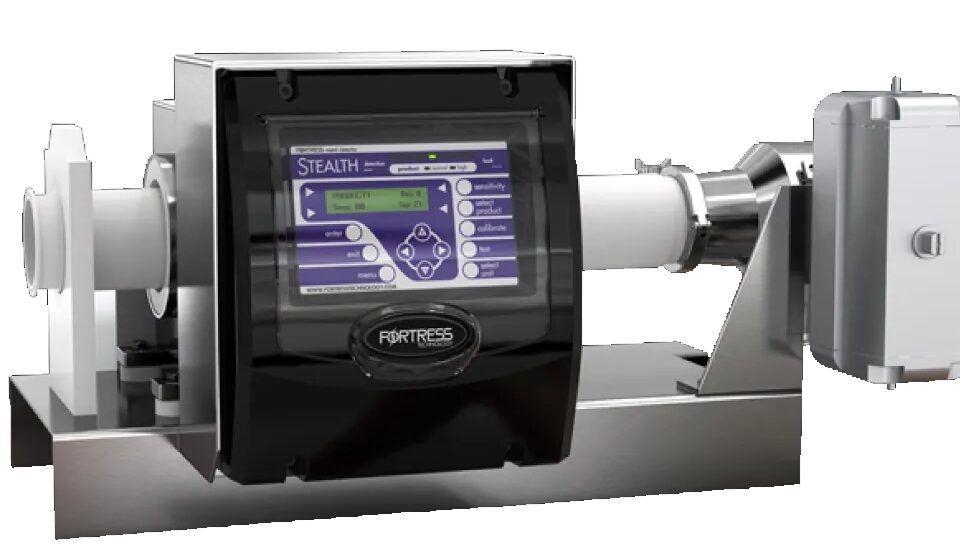

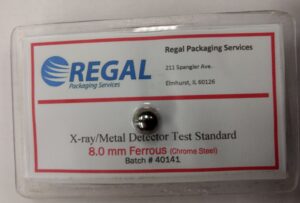
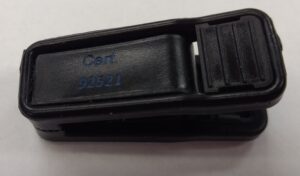
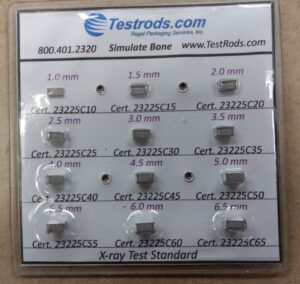
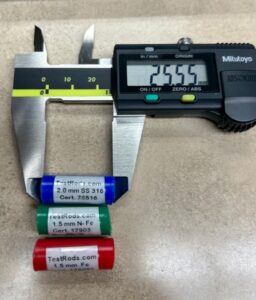
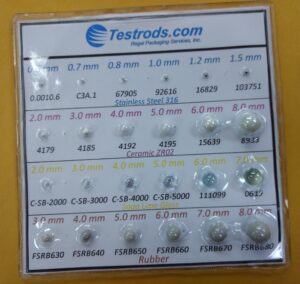

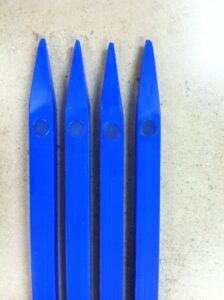
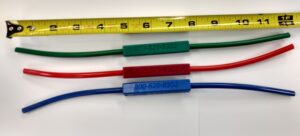
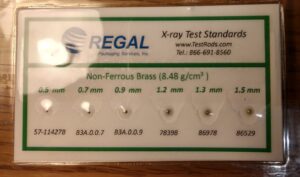
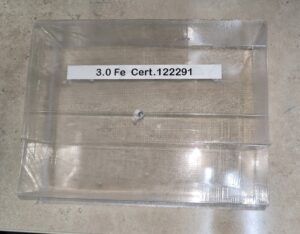
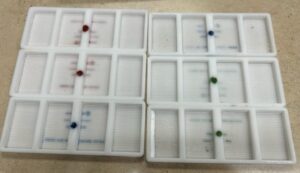
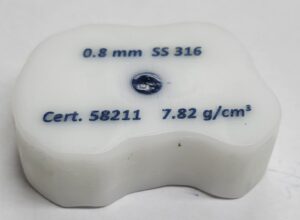
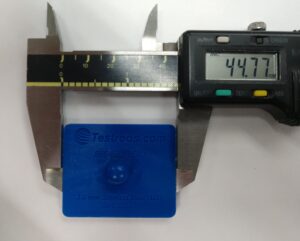
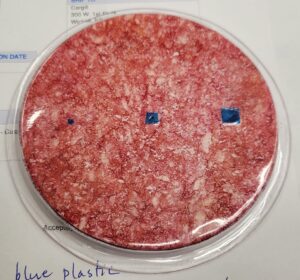
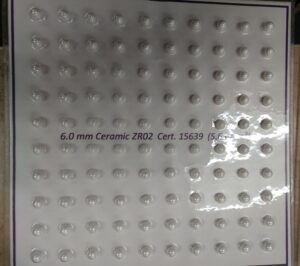
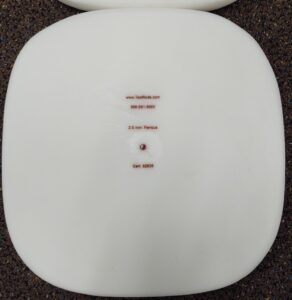
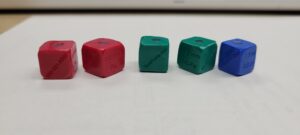
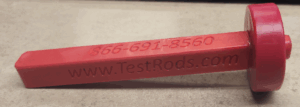
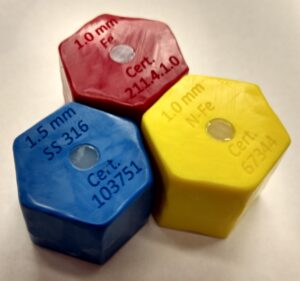
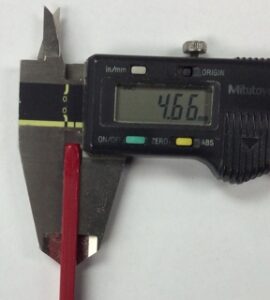
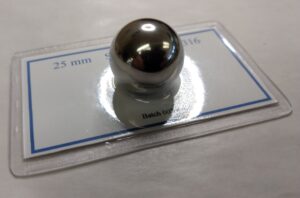
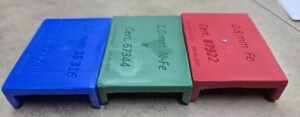
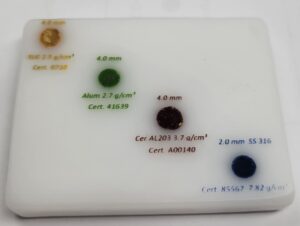
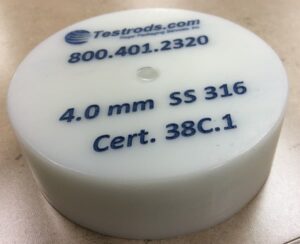
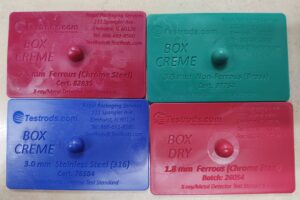
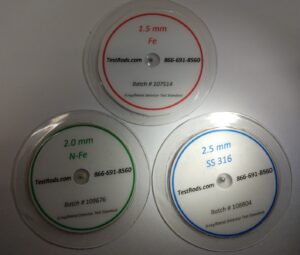


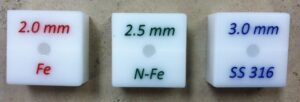
2 Comments
George Osmond Maher, Sr., is credited with inventing a metal detector, specifically a “Ground Radio Machine,” in 1914, which was patented in 1924. He was likely the first to develop a commercially viable metal detector in the United States. This invention was initially used to locate gravesites on the grounds of the new Louisiana State Capitol.
Here’s a more detailed look at Maher’s contribution:
• Early Inventor: Maher’s work predates other well-known names in metal detector history, like Gerhard Fisher.
Thanks for the additional info. It’s unfortunate that the history of every invention seems to have multiple players and often no clear determination as to who was “the first.” As science advances, there can sometimes be a plethora of inventors in picture, so it’s good to include George Osmond Maher, Sr. as a significant contributor. What’s really amazing to me is to see how far metal detection, especially in the food industry has advanced.